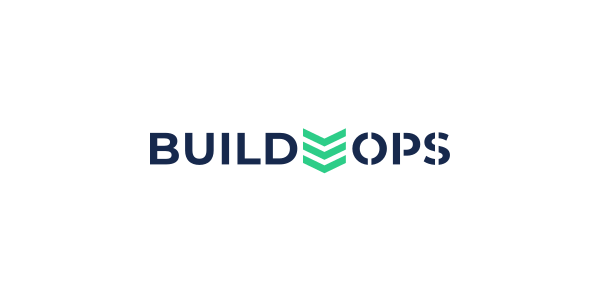
In his April 2025 "Construction Briefs," Ed Zarenski examines the potential impact of tariffs on construction costs, noting that while tariffs directly affect imported materials, domestic producers often adjust their prices in response, leading to broader inflation within the industry. He references the 2018 steel tariffs, which resulted in an 18% increase in domestic steel mill product prices, despite the tariffs targeting only imports. He anticipates that similar tariff actions could drive construction inflation to between 6% and 10% in 2025, potentially leading to project cancellations or postponements and reducing overall spending growth. Supply shortages due to limited availability of imported products and insufficient domestic production capacity could also be an issue that delays projects and escalates costs.
The article also highlights the strain on energy grids from the rising demand of data centers, particularly in Virginia, where data centers consume 25% of the state's electricity supply. He projects that data center spending will continue to grow, increasing by 28% by mid-2025, but this could be impacted if/when some data center projects get canceled.
Construction Briefs Apr 2025
Original Article: https://edzarenski.com/2025/04/03/construction-briefs-apr-2025/
Tariff actions are not yet reflected in Feb PPI Inputs or PPI Final Demand index. Still early. Also remember, PPI does not include imports or tariffs on imports. When we do see movement in the PPI, it reflects domestic pricing decisions following on tariffs.
Lutnick: “Foreign goods may become a little more expensive, but domestic goods do not.” FALSE see next par.
PPI Excludes Imports/Tariffs. The 2018 steel tariffs of +25% applied on imported steel. However the 2018 PPI data shows that the cost of ALL DOMESTIC steel mill products (of all types) produced in the US increased 18% in 2018, after the steel tariffs were imposed.
If tariffs, for example, affect only 10% or 20% of products used in the industry, then the PPI shows us the domestic producers reaction to tariffs, which gets applied to the other 80% to 90% of product. For instance all steel is not imported, so not all steel will experience a tariff. The point here is that tariffs impact pricing decisions on all domestically produced products, not just the imported products. Consumers pay the price.













